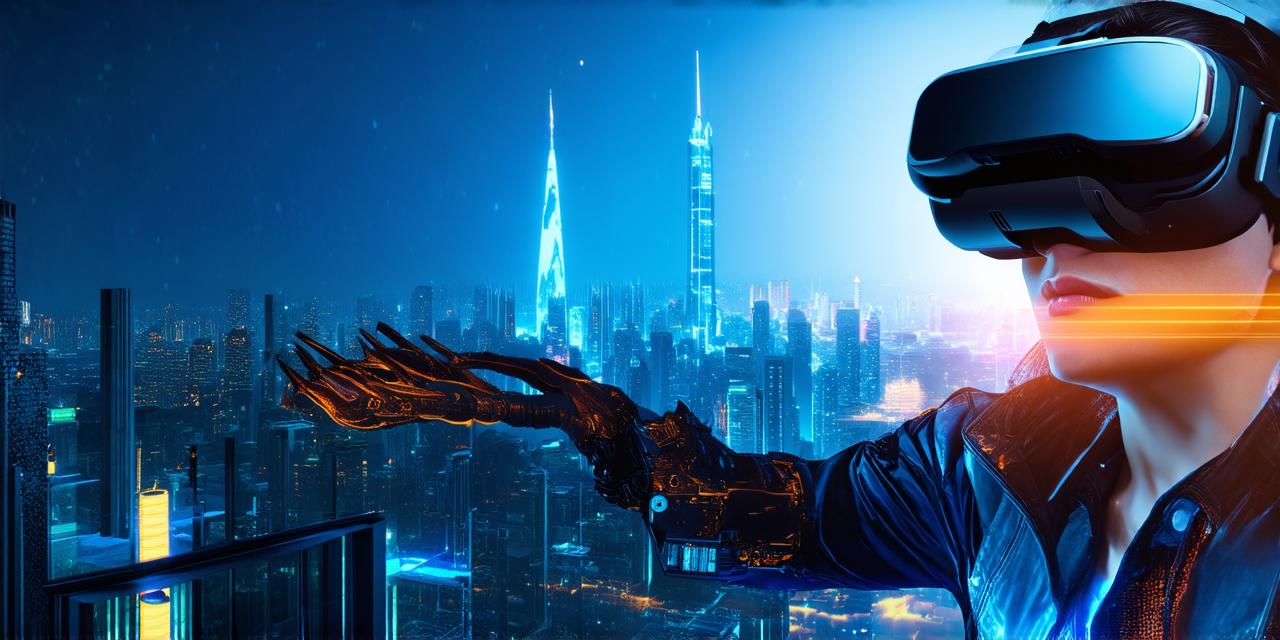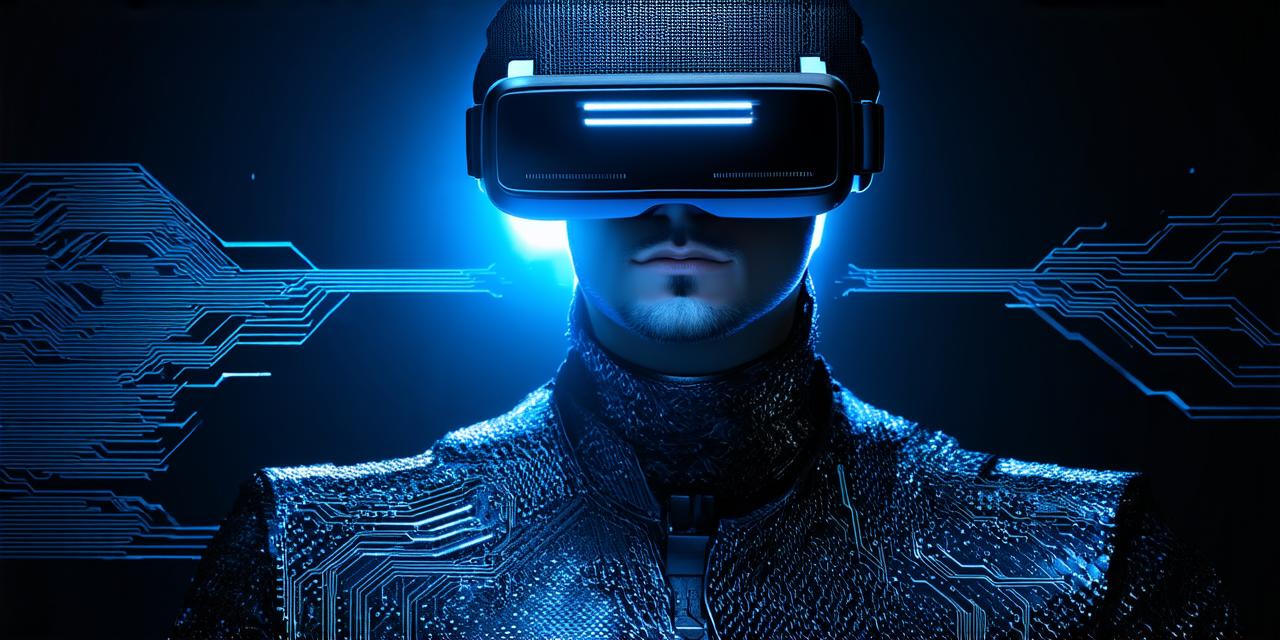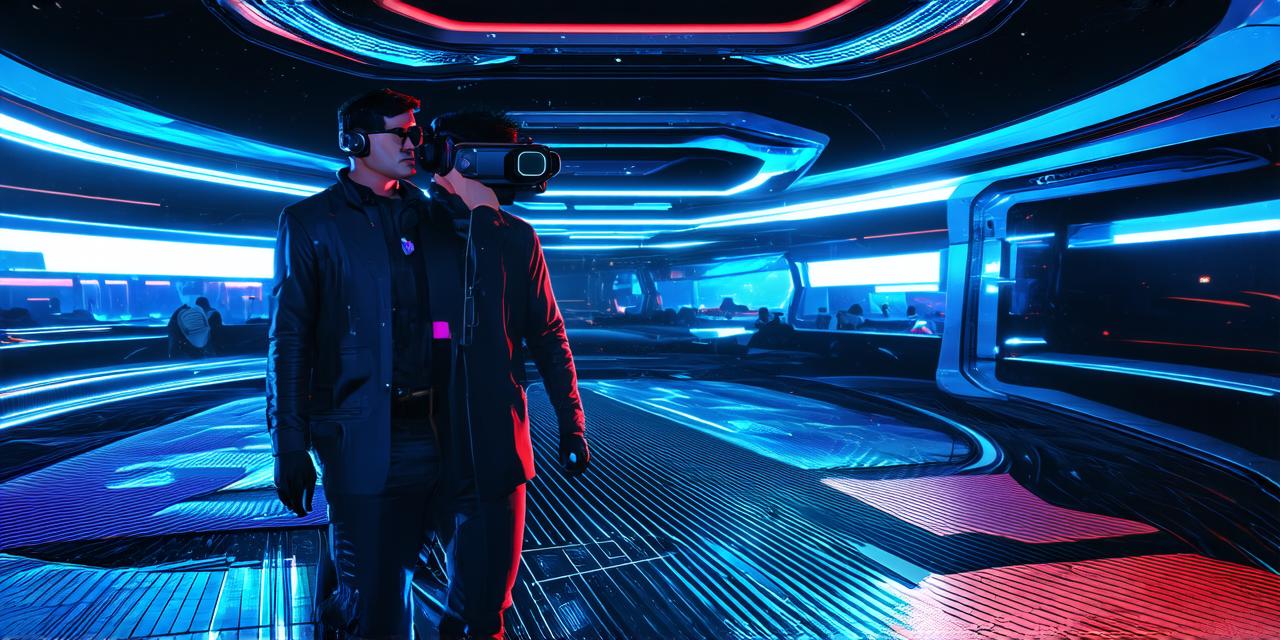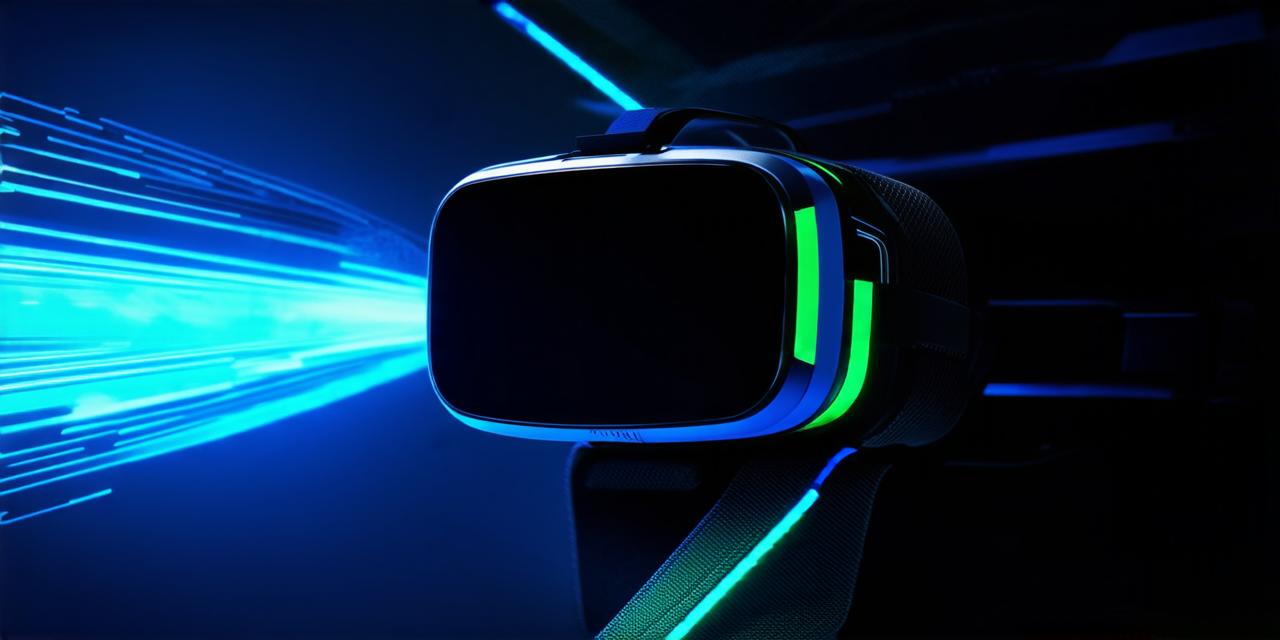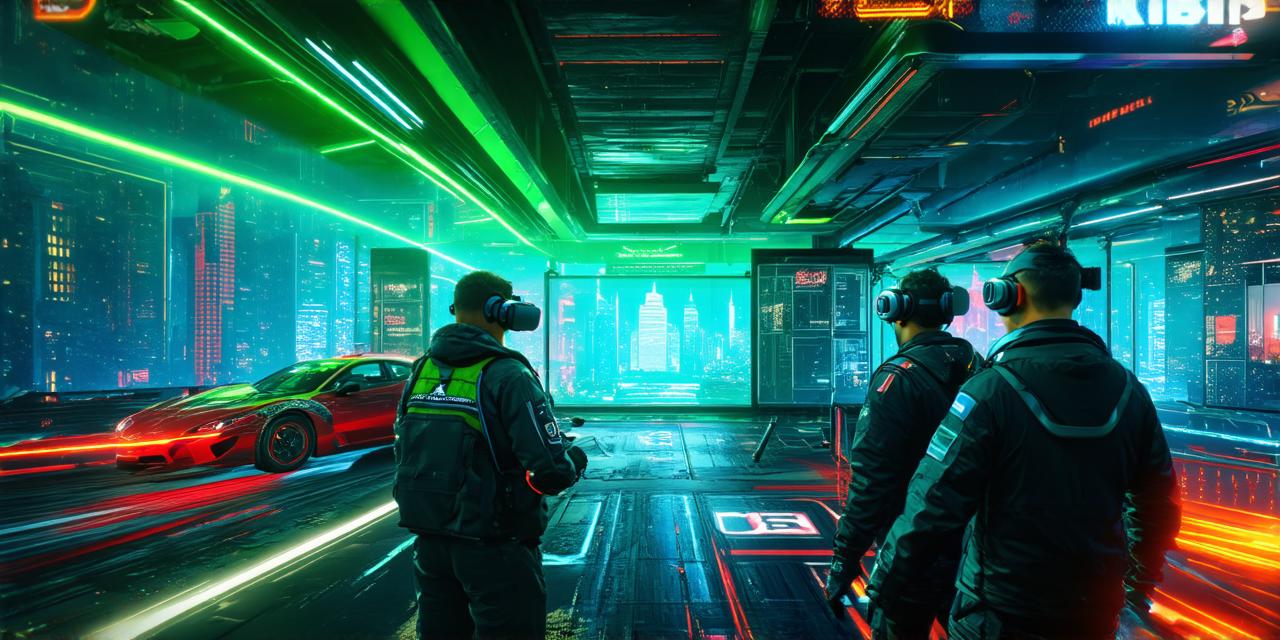As virtual reality technology continues to evolve, many are wondering when we will see the merging of virtual and actual reality. While we may not have reached that stage yet, there are already examples of how virtual reality is being integrated with the physical world to create new and exciting experiences.
One example of the integration of virtual reality with actual reality can be seen in the field of marketing. Brands are increasingly using virtual reality to create immersive product demonstrations that allow customers to experience products in a whole new way. For example, the furniture company IKEA has created a virtual reality app that allows users to see how different pieces of furniture would look in their home before making a purchase.
Another example of the integration of virtual reality with actual reality can be seen in the field of education. Virtual reality technology is being used to create immersive learning experiences that allow students to explore historical events, scientific concepts, and even foreign languages in a whole new way. For example, a company called Nearpod VR has created a virtual reality app that allows students to virtually walk through ancient Egypt and see the pyramids and other historical landmarks up close.
The integration of virtual reality with actual reality also has important implications for AR developers. As virtual reality technology continues to evolve, we can expect to see more and more opportunities for AR developers to create new and exciting experiences that combine the physical world with the digital world.
One of the key challenges facing AR developers is how to integrate virtual reality with the real world in a way that feels natural and intuitive for users. This requires a deep understanding of both virtual reality technology and human psychology.
To help AR developers overcome these challenges, there are many resources available online. For example, there are numerous tutorials and guides that provide step-by-step instructions for creating AR apps, as well as forums and communities where developers can connect with other like-minded individuals and share their knowledge and experiences.
There are also many research studies and experiments being conducted in the field of AR, which can provide valuable insights into how people perceive and interact with virtual objects in the real world.
As we continue to see the integration of virtual reality with actual reality, it is clear that there are many exciting opportunities for AR developers. Whether you are interested in creating immersive marketing experiences or educational learning environments, there are many ways to use AR technology to create new and engaging experiences that combine the physical world with the digital world.
One thing is certain: as virtual reality technology continues to evolve, we will see more and more opportunities for AR developers to create new and exciting experiences that blend the virtual and the real worlds. Whether you are a seasoned AR developer or just starting out, there has never been a better time to explore this exciting field.
FAQs
1. What is the difference between virtual reality and augmented reality?
Virtual reality refers to a fully immersive experience where the user is surrounded by a virtual environment, while augmented reality refers to an experience where virtual objects are overlaid on the real world.
2. How can AR developers create immersive experiences that combine the physical and digital worlds?
AR developers can create immersive experiences by using sensors, cameras, and other hardware to track the user’s movements in the real world, and then using this data to create virtual objects and environments that respond to the user’s actions.
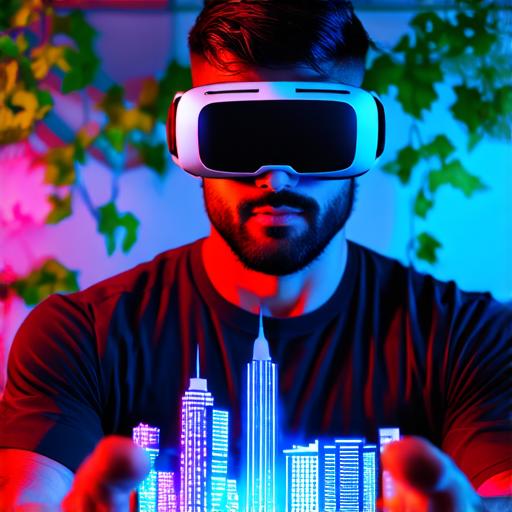
3. What are some of the challenges facing AR developers when creating immersive experiences?
Some of the challenges facing AR developers include creating virtual objects and environments that feel natural and intuitive for users, ensuring that the virtual objects and environments do not interfere with the real world, and optimizing the performance of the AR app to ensure a smooth and seamless experience for the user.
